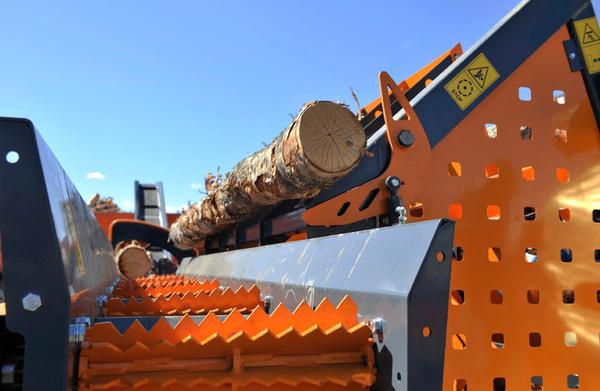What is the best season for felling firewood?
Felling firewood at the right time is crucial to ensure efficient burning and optimal heat output. The best time for firewood felling is often during the late winter to early spring. During these months, trees typically have lower sap flow, which means less moisture content in the wood. This natural reduction in sap makes the drying process more efficient, leading to better-burning firewood.
In colder climates, when the temperatures start to rise at the tail end of winter, trees are in a dormant state. This dormancy results in minimal sap movement, making it an ideal time for seasonal wood cutting. By felling wood at this time, the drying process can begin before the heat and humidity of summer, which can hinder proper drying. The reduced moisture content ensures that the firewood will be ready for use by the following winter, providing efficient burning and superior heat output.
Moreover, cutting firewood in early spring allows plenty of time for the wood to season throughout the summer. This period of exposure to warm, dry air facilitates the firewood drying process, ensuring that it reaches the optimal moisture content for burning.
How does moisture content affect firewood quality?
The moisture content of firewood is a critical factor influencing its burning efficiency and heat output. Freshly cut wood, also known as green wood, can contain up to 50% moisture. High moisture content in wood results in incomplete combustion, leading to inefficient burning and a significant reduction in heat output. This inefficiency means more wood is needed to achieve the same level of warmth compared to properly seasoned wood.
Ideally, firewood should have a moisture content of about 20% or less. This level allows for efficient combustion, producing maximum heat output and reducing smoke production. Timing the felling of wood to coincide with periods of low sap flow significantly aids in achieving this moisture content. By starting the drying process in the spring, the wood has ample time to lose its moisture before it is needed for heating purposes.
To ensure your firewood is of the highest quality, it is essential to consider the timing of your felling activities. Properly timed felling, combined with effective storage techniques, will result in wood that burns hotter, cleaner, and more efficiently.
The impact of tree species on felling time
The species of tree plays a significant role in determining the best timing for felling. Different species have varying sap contents, densities, and drying times, all of which affect the firewood quality. For instance, hardwoods like oak and maple have denser wood and generally take longer to dry compared to softer woods like pine.
Hardwoods are often preferred for firewood because they burn hotter and longer, but they require a longer drying period to reach the desired moisture content. For these species, felling should ideally occur in late winter to allow sufficient time for seasoning. On the other hand, softer woods can be felled slightly later in the season and still be ready for use by winter.
Understanding the characteristics of the tree species you are working with will help you determine the optimal felling time. This knowledge ensures that the wood will dry adequately and perform well when used as klapi.
Seasonal considerations for wood storage
Proper storage of firewood is as important as the timing of its felling. Different seasons present unique challenges for wood storage, and addressing these can ensure that your firewood remains dry and ready for use. During the summer, the focus should be on allowing maximum airflow around the wood stacks. This can be achieved by stacking the wood in a criss-cross pattern to facilitate air circulation, which is crucial in speeding up the drying process.
As autumn approaches, it is vital to protect your firewood from excess moisture. Covering the top of the woodpile with a tarp or a dedicated firewood cover can prevent rainwater from saturating the wood. However, it’s essential to leave the sides open to maintain airflow. This balance between protection and ventilation ensures that the wood continues to season properly.
In winter, it’s advisable to store firewood close to the house for easy access. However, care should be taken to prevent the wood from touching the ground directly, as this can lead to moisture absorption and rot. Elevating the woodpile on pallets or a similar structure can mitigate this risk, keeping your firewood dry and ready to burn efficiently.
Conclusion
Understanding the best time for firewood felling is essential for ensuring the quality and efficiency of your klapi. By considering factors such as seasonal sap flow, moisture content, tree species, and storage practices, you can optimise your firewood’s performance. At Reikälevy, our SAMI-branded products are designed to support professionals and resellers in achieving the best results from their firewood. We collaborate closely with our clients to enhance their competitiveness and success.
For further information on how we can assist with your klapi needs, we invite you to explore our product range or contact us directly for expert advice.

